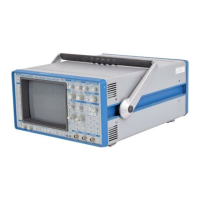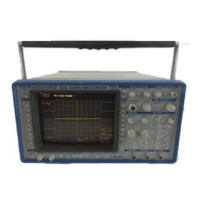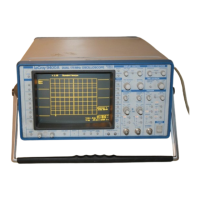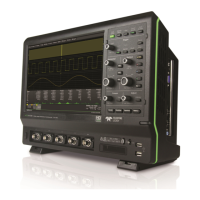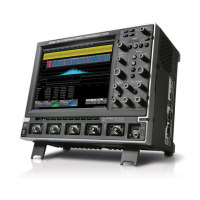C–11
Using FFT
Windows Chosen using the “with window” menu, the window type defines the
bandwidth and shape of the filter to be used in the FFT processing
(see the table on page C–17 for these filters’ parameters). When
“AC” is selected from the same menu, the DC component of the
input signal is forced to zero prior to the FFT processing. This
improves the amplitude resolution, especially when the input has
a large DC component.
Window Type Applications and Limitations
Rectangular
Normally used when the signal is transient — completely contained
in the time-domain window — or known to have a fundamental
frequency component that is an integer multiple of the fundamental
frequency of the window. Signals other than these types will show
varying amounts of spectral leakage and scallop loss, corrected by
selecting another type of window.
Hanning (Von Hann)
Reduce leakage and improve amplitude accuracy. However,
frequency resolution is also reduced.
Hamming
Reduce leakage and improve amplitude accuracy. However,
frequency resolution is also reduced.
Flat Top
This window provides excellent amplitude accuracy with moderate
reduction of leakage, but also at the loss of frequency resolution.
Blackman–Harris
It reduces the leakage to a minimum, but again along with reduced
frequency resolution.
FFT Power Average A function can be defined as the power average of FFT spectra
computed by another function (see page C–6). Choose
“FFTAVG” from the “Math Type” Menu, and “Power Spect” from
“FFT Result”.
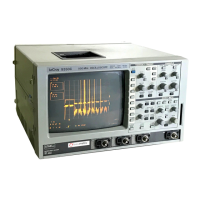
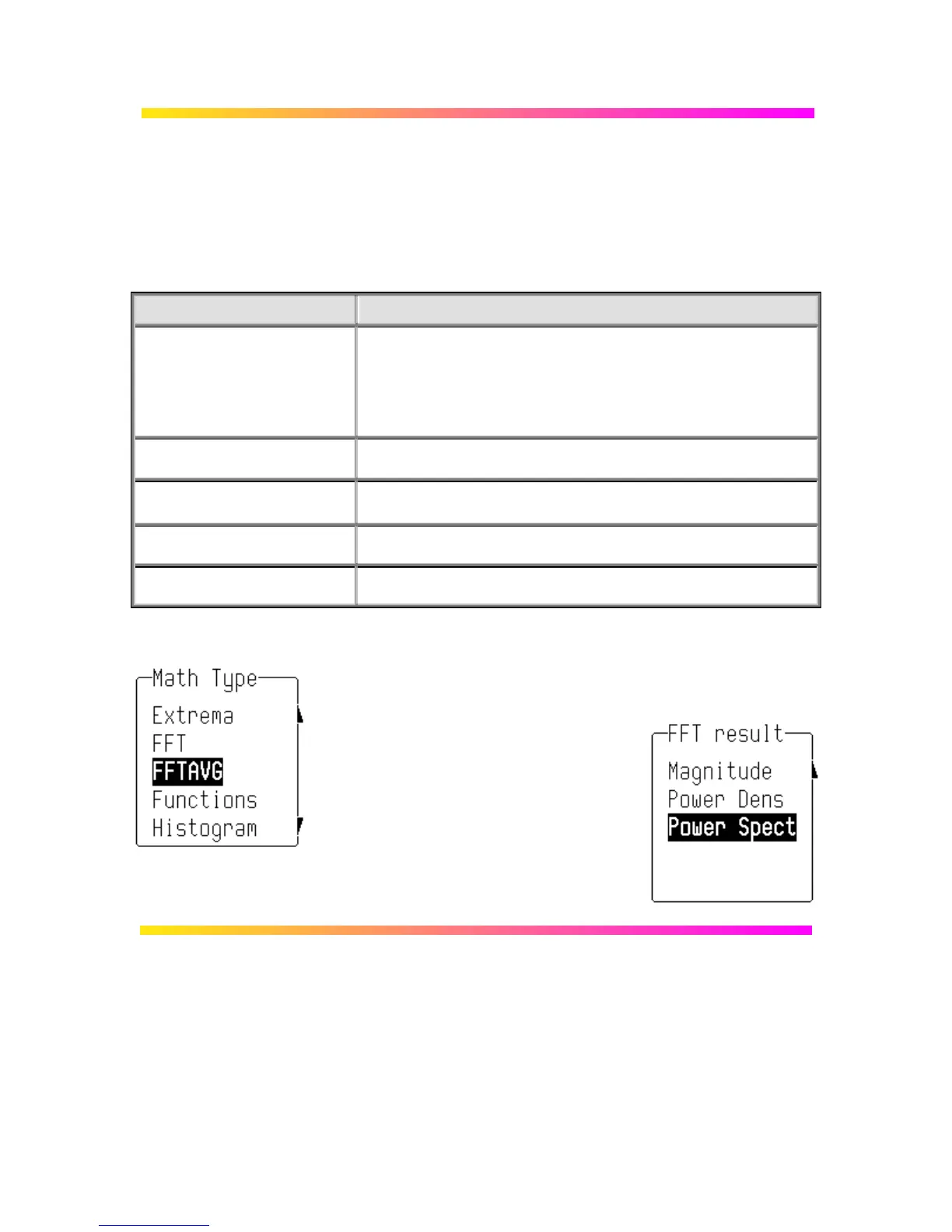